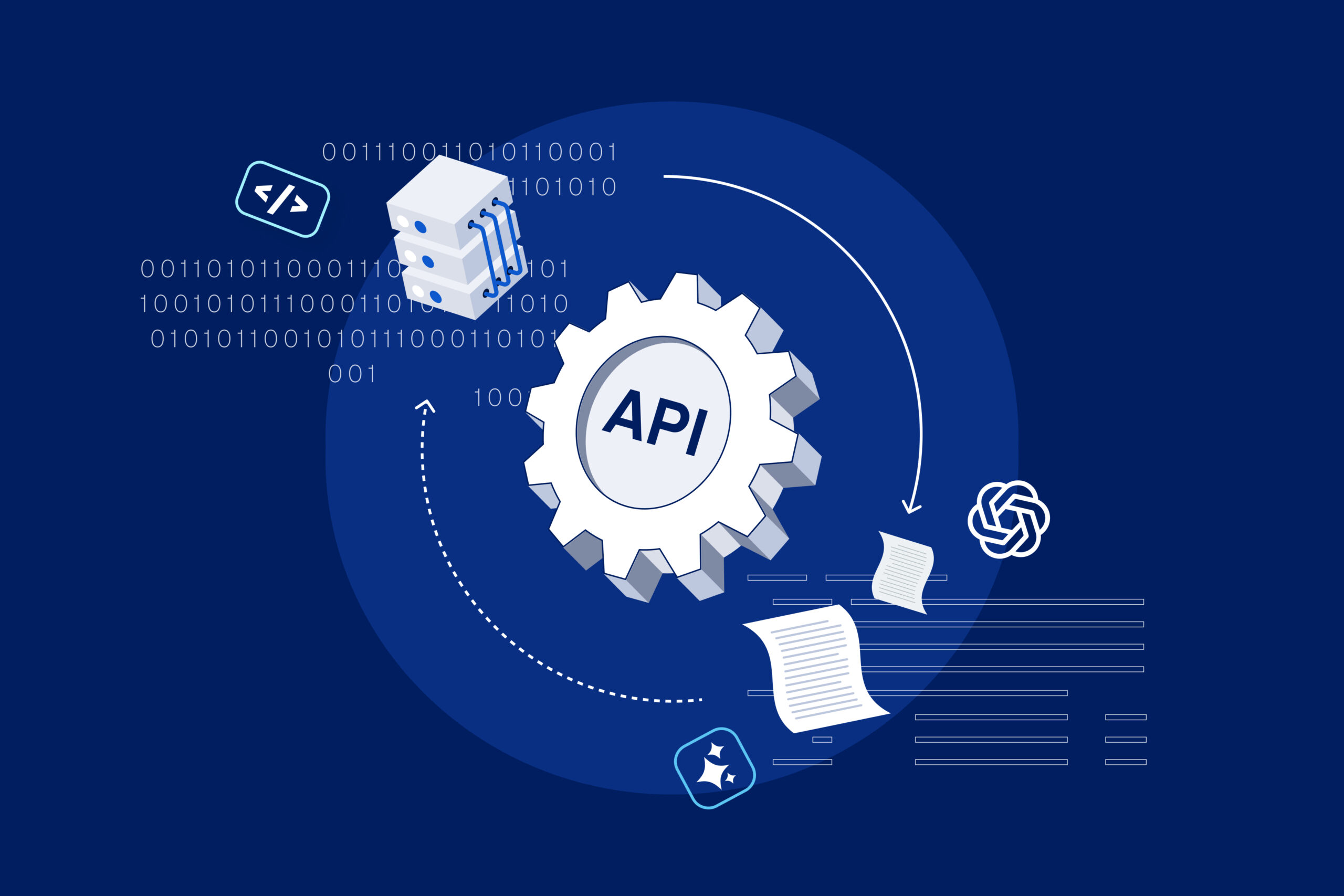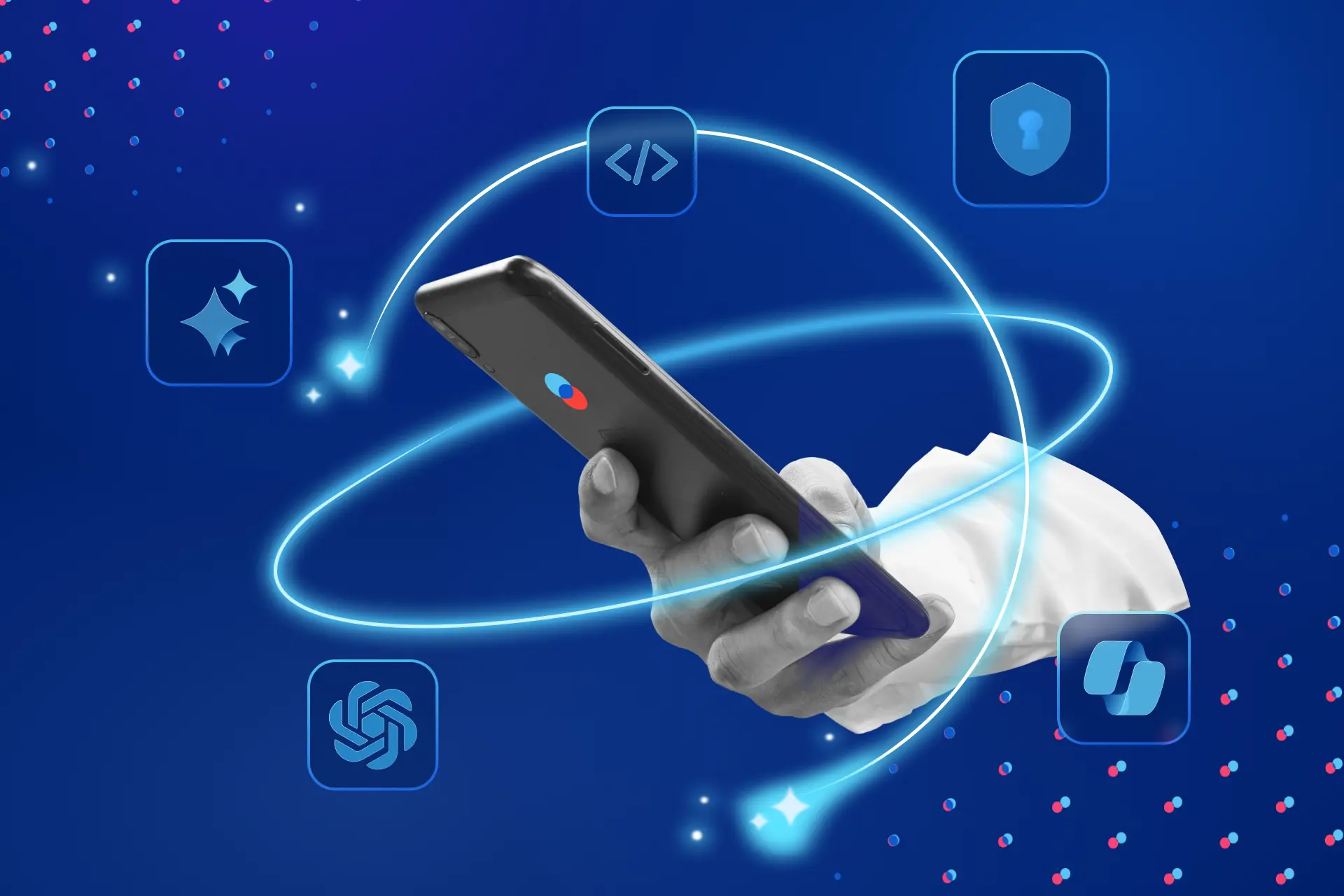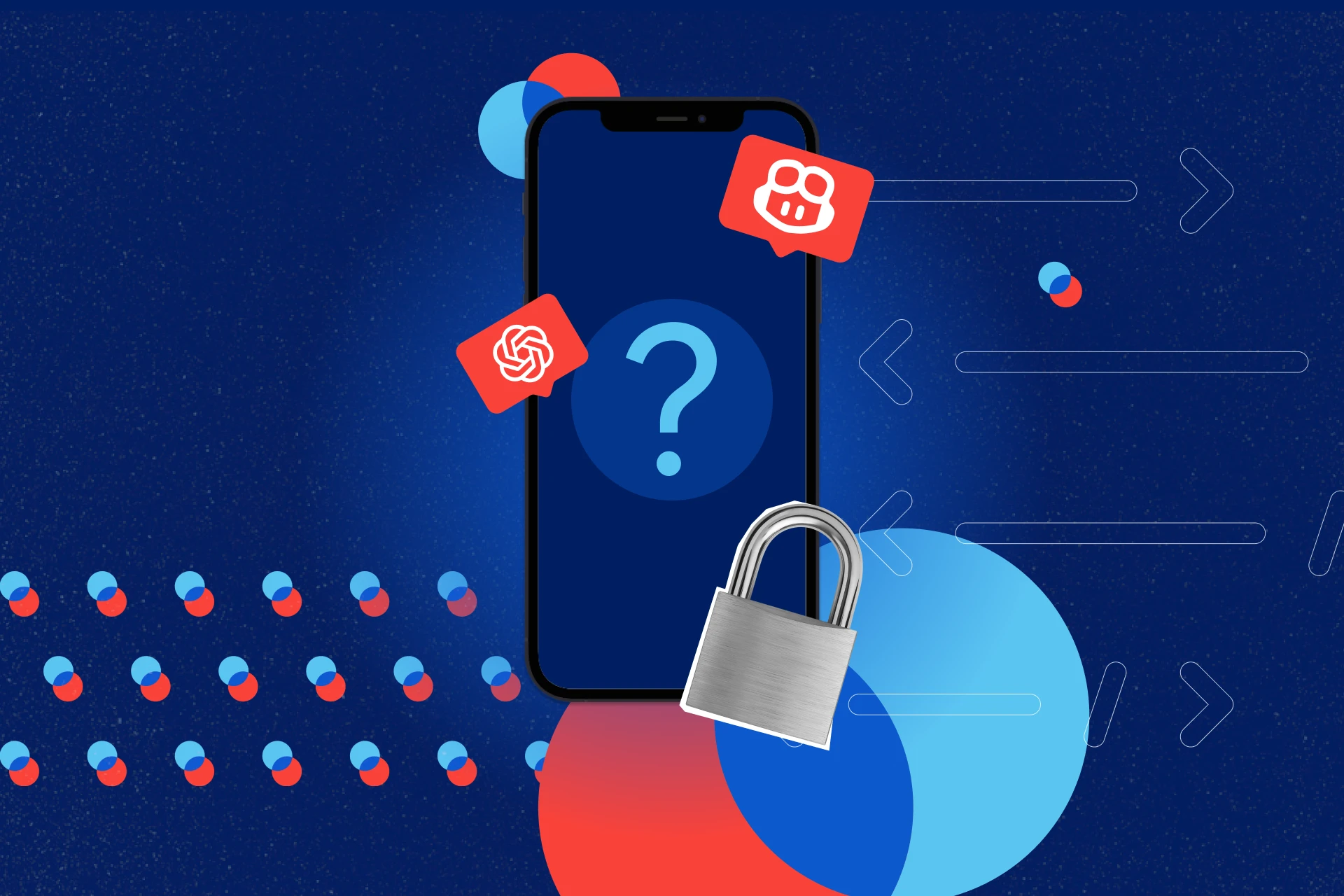“In today’s landscape, there are as many AI-powered tools as there are stars in the universe.” This observation from our Cybersecurity Lead, Francis Venne, shouldn’t come as a surprise. The rapid creation of new AI tools has been necessary to meet the exponential demand from businesses and their customers. To ensure a secure AI integration, here are the five essential elements to consider to mitigate risks.
1. Establish a Governance Framework
In the corporate world, governance frameworks like ISO, NIST, or SOC2—which nventive adheres to—serve as critical protections for your ecosystem. These aren’t merely suggestions but expert-recommended standards in international cybersecurity that should guide the selection of a governance framework tailored to your specific needs to secure your practices. “It’s a customized process for each company, but these frameworks are not always flexible. A company policy or control should not contradict industry standards,” says Francis Venne.
The International Organization for Standardization (ISO) annually introduces new standards, but the IT industry is not formally required to comply… unless audited for that standard, which is never out of the question. As emerging technologies like AI evolve rapidly, staying updated and compliant is a significant challenge for businesses. A solid governance framework will lay the essential foundation for adding new controls you may wish to implement later.
To regulate AI use, your policy should integrate ethical principles (fairness, transparency, accountability, confidentiality, security) and comply with current laws (Law 25, GDPR). You must clearly define your risk management procedures and update them annually to ensure the continued quality and security of your data. Additionally, your teams should be well-informed about these practices and encouraged to implement performance indicators to foster continuous improvement.
2. Understand the Risks
Like any “new” technology, AI and Large Language Models (LLM) introduce new cybersecurity challenges. With the rise of generative AI and LLMs, these technologies are particularly susceptible to exploitable vulnerabilities. The Open Worldwide Application Security Project (OWASP) has released a list of the top 10 critical vulnerabilities commonly found in LLMs to help you become familiar with the threats.
These precautions apply to large projects, but they are also relevant for smaller initiatives. For example, simply introducing the use of ChatGPT in your daily practices carries risks. Due to its nature, ChatGPT does not guarantee the accuracy of its responses and can even lead to misinformation, with all the security and legal implications that entails. Therefore, it’s crucial to add a human validation step.
Awareness of these risks is essential when embarking on an AI project. Your comfort level with these risks will determine the direction and speed of such projects. If you seek external assistance, your consultants should provide enough information for you to make informed decisions. They should also help you develop a risk response plan to ensure proactive and effective management of potential complications.
Define the “Why”
With the growing availability of AI solutions, it’s easy to be tempted by a seemingly promising tool. Before taking the plunge, preliminary analysis can help you identify the tangible benefits the AI tool could bring to your teams, whether in productivity gains, cost reduction, or increased customer satisfaction.
Pay close attention to the impact of its integration into your current processes and if it is truly compatible with your existing technology ecosystem. Also, consider whether it will require regular and potentially costly optimizations.
By keeping in mind your technological framework, team needs, and business lines, you will be better equipped to determine the tool’s usefulness. “It must meet the needs of all business units, not just one; otherwise, it might be a poor investment,” warns Francis Venne.
This way, you’ll be in a better position to calculate the desired return on investment to justify the initial investment and ongoing maintenance costs.
"It has happened that the cost of adopting a specific control was higher than the system it governed. But if it plays an essential role in risk management and data security, it fully justifies the investment."

4. Choose the Right Tool
If you feel your “why” is sufficiently weighed and justified, the next step is to ensure it is in fact the right tool. Consult your cybersecurity team to ensure you consider tools that are recommended and follow security controls your company is comfortable with.
Depending on your budget, opting for paid versions may be a better guarantee of data security, which is less common in free versions. However, your cybersecurity experts must maintain an up-to-date inventory of all the tools used to avoid excessive costs associated with unjustified or duplicated integration.
Next, put the tool to the test with a trial phase involving various stakeholders at different seniority levels. This will allow you to check if the tool is well-suited to those who will benefit most from it daily and validate that it meets your company’s specific needs.
5. Embrace Change
After these four last considerations, each with multiple nuances, your head might be spinning.
Yes, AI should be approached with diligence, but its potential far outweighs the fears you might have. “Progress should not be hindered by the fear of threats. A cybersecurity team can implement compensatory controls to prevent abuse and establish necessary safeguards for AI use,” says Francis Venne.
The ideal tool perfectly suited to your needs may not have been invented yet. The key is to stay informed about new AI innovations and keep certain tools on your radar while awaiting feedback from development communities, without necessarily avoiding temporary solutions. Of course, each desired tool must undergo this series of tests and considerations.
As with any digital transformation, and particularly with AI, zero risk does not exist. However, it shouldn’t be an obstacle to the potential progress it could bring to your business, as long as protecting your IT assets and customer data remains your priority.
Featured articles
The rise of conversational artificial intelligence has transformed how companies interact with customers and optimize operations. Among these technologies, ChatGPT has garnered growing interest. It…






